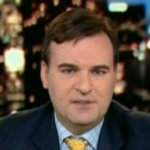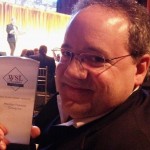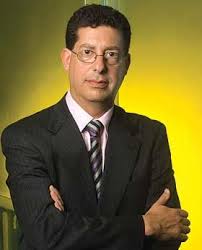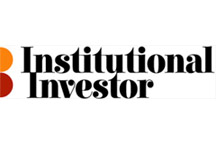Nuveen, known as one of the exchange-traded-fund industry’s first pioneers is back, and now they’re loaded for bear with a fresh angle courtesy of parent company TIAA-CREF.
Courtesy of InvestmentNew.com, here’s the long and the short of the Nuveen’s reincarnation:
 Nuveen Investments Inc. is rebooting a campaign that may culminate in the firm offering its own ETFs for the first time, 15 years after it pioneered, then dropped, efforts to bring the first bond exchange-traded funds to market.
Nuveen Investments Inc. is rebooting a campaign that may culminate in the firm offering its own ETFs for the first time, 15 years after it pioneered, then dropped, efforts to bring the first bond exchange-traded funds to market.
Nuveen’s about-face, disclosed last Friday in filings with securities regulators, comes as a stampede of adviser-facing asset management firms without ETFs rush to capitalize on the fast growth in that market, which now manages $2 trillion in the U.S.
But unlike some of its peers that are joining the stampede for the first time, Nuveen was an early pioneer of the structure. It first asked for permission to offer index-based ETFs in 2000, at the time developing proposals for what could have been the very first bond ETFs. Both areas now enjoy tremendous popularity, a boon to BlackRock Inc., the Vanguard Group Inc. and State Street Corp., among other firms.
But Nuveen shuttered its ETF unit in 2002, facing pressure to focus on businesses that could make more money, according to ETFs for the Long Run, a 2008 book on the industry’s history by Lawrence Carrel.
Greg Bottjer, a Nuveen executive who leads product development for the firm’s retail mutual funds, said the firm is exploring the possibility of adding to its product set, which includes mutual funds and some ETFs run in collaboration with State Street.
“The active ETF market is much further advanced,” Mr. Bottjer said. “There’s a lot more familiarity, comfort and exposure to active ETFs, and there are some large active asset management firms out there doing this. The momentum is really there today compared to where it was over 10 years ago.”
TIAA-CREFcompleted its acquisition of Chicago-based Nuveen in October, merging two companies with distinct cultures but a common goal to increase their sales among advisers. ETFs may be key to doing that as the investments have been a popular option deployed in accounts on which investors pay a fee to their adviser, in part because of their perceived cost advantages.
If the regulatory process matches that of previous applicants, it could take several months or longer for Nuveen to get an approval, and Nuveen is under no obligation to produce the funds once it gets the go-ahead. But an approval would give the firm an advantage over competitors who haven’t gone through the process.
There were 14 applications for new brands in the space last year, according to a database
No ETF issuer has been given permission yet to build actively managed ETFs that do not disclose underlying holdings regularly, but Eaton Vance Corp. recently won approval for a mutual fund-ETF hybrid called NextShares that would enjoy that ability.
To read the full article from InvestmentNews, please click here


























